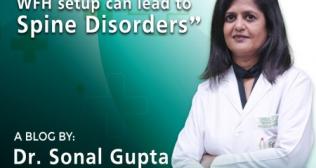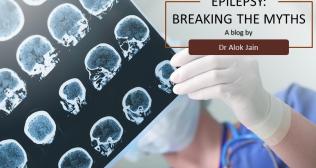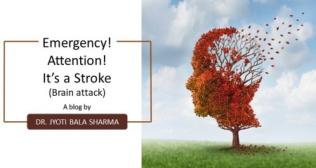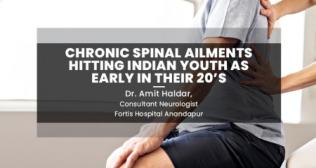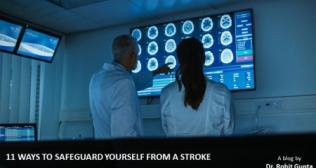
Ischemic stroke and the importance of thrombolysis treatment By Dr Guruprasad
As many of you are aware, acute stroke is a leading cause of disability worldwide, including India, and ranks as the second leading cause of mortality after cardiac issues. Stroke can affect individuals across all age groups, with a particular prevalence in middle-aged to elderly individuals, and in rare cases, even children can be affected.
Recognizing the signs of an acute stroke is of paramount importance. Symptoms such as sudden visual loss, speech difficulties, arm weakness, or leg weakness should raise immediate concern. We use the acronym "FAST" to aid in identifying stroke symptoms: F for face, A for arm drift, S for speech, and T for time. Rapid response is key.
When someone exhibits these symptoms, it is crucial to get them to a nearby Stroke Ready hospital promptly. At such hospitals, patients are swiftly assessed, their stroke severity determined using scales, and immediate triggers identified, including high blood pressure. Diagnostic imaging, such as a CT scan or MRI, is performed expediently to distinguish between ischemic and haemorrhagic strokes.
Ischemic strokes, which account for approximately 85% of stroke cases, are characterized by a blockage or thrombus formation within a blood vessel, leading to restricted blood flow and subsequent brain ischemia. When patients arrive within the "golden hour," typically within four and a half hours of the stroke's onset, they may be eligible for intravenous thrombolysis (IVT) after vessel visualization.
IVT involves the administration of clot-busting medications, such as alteplase or tenecteplase, depending on clinical factors. Tenecteplase is often administered as a bolus, while alteplase consists of a bolus followed by a one-hour infusion. Afterward, patients are closely monitored in the ICU for 24 hours. For cases with major artery occlusions resistant to IVT, mechanical thrombectomy is considered.
Mechanical thrombectomy entails a 4D DSA angiogram to pinpoint the thrombus's location within a major vessel. Using stent retrieval systems, the thrombus is extracted, restoring blood circulation and minimizing the extent of the stroke. This procedure helps salvage as much penumbra (viable brain tissue) as possible.
The key message here is the critical importance of swiftly recognizing stroke symptoms, getting patients to a Stroke Ready hospital like ours at Fortis Hospital Bangalore, where comprehensive facilities and round-the-clock expertise are available. Timely imaging, followed by appropriate thrombolytic therapy, can significantly improve patient outcomes. Post-treatment, patients are closely monitored in the ICU, and a comprehensive approach to their care, including blood pressure and diabetes management, rehabilitation, and home care, is essential for a successful recovery.









